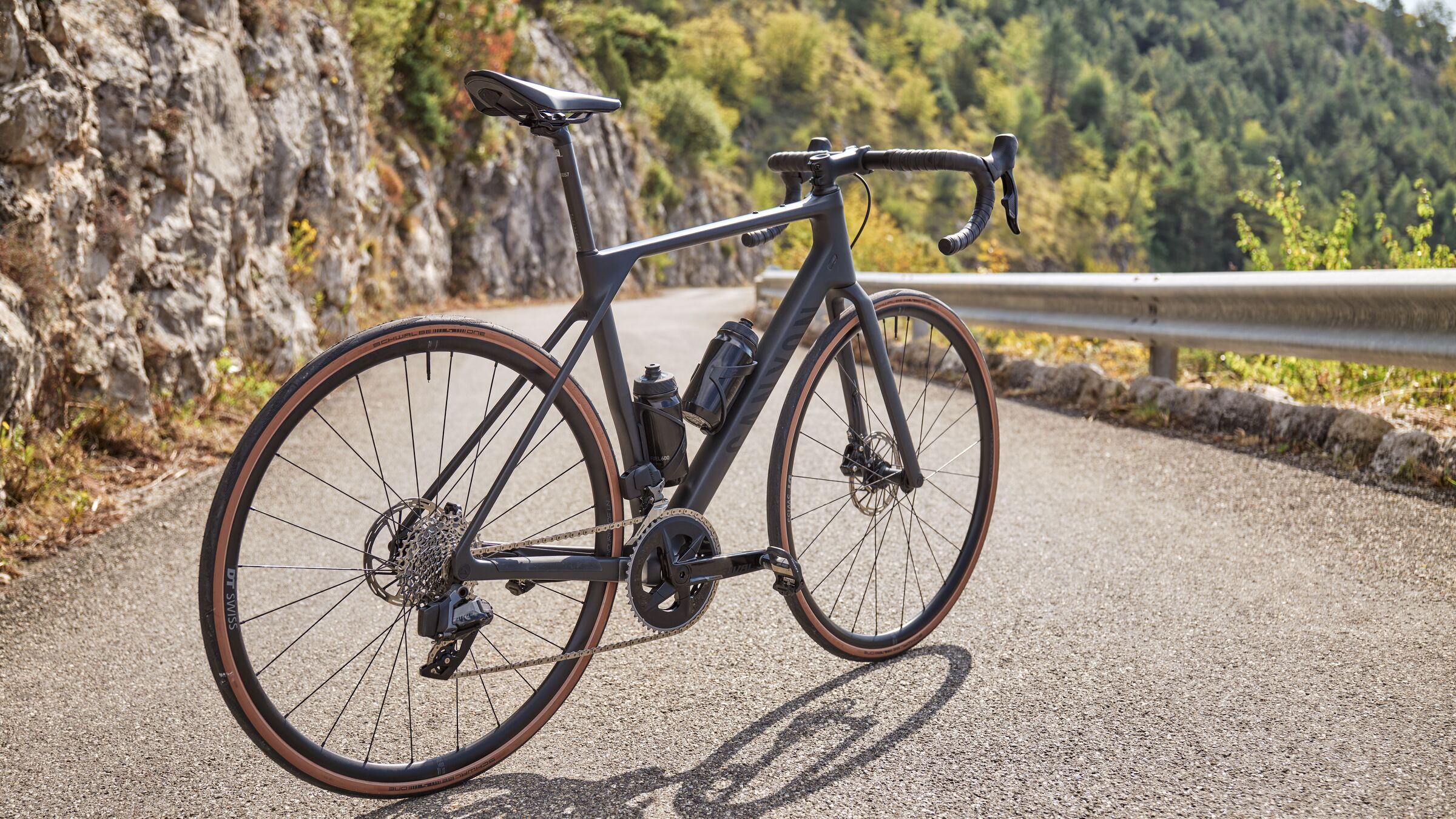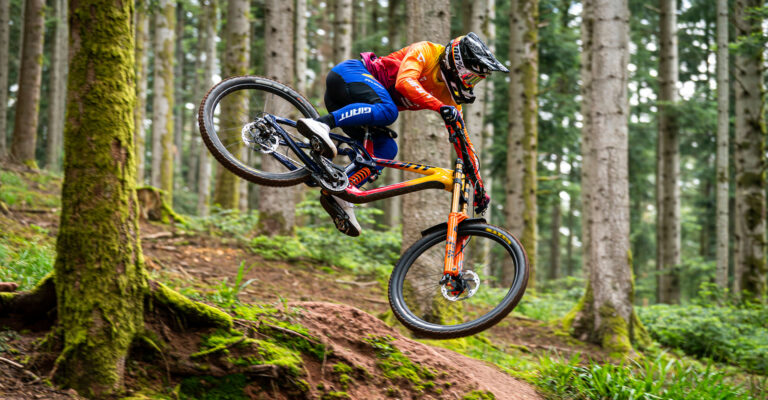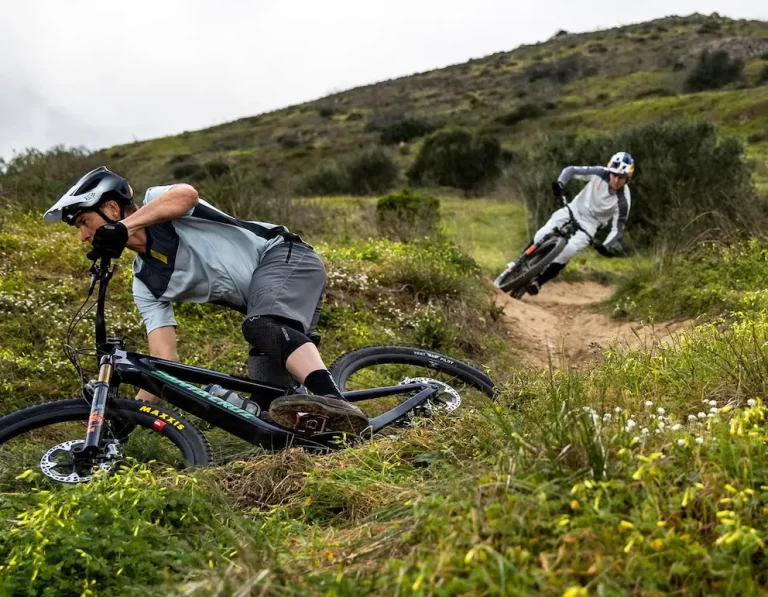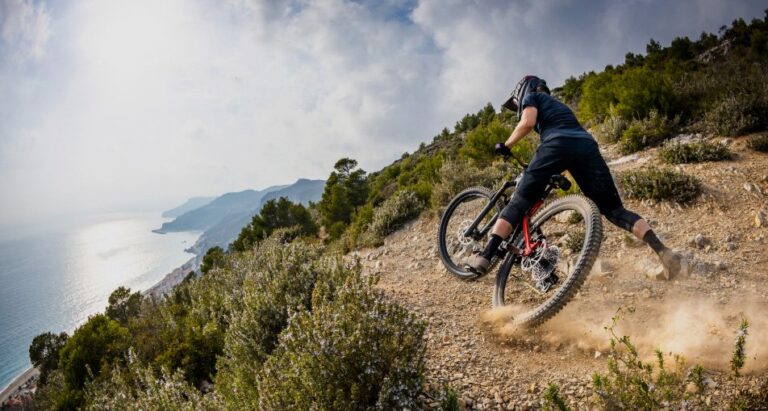A Guide to Road Biking 101: Selecting Tires for Road Biking
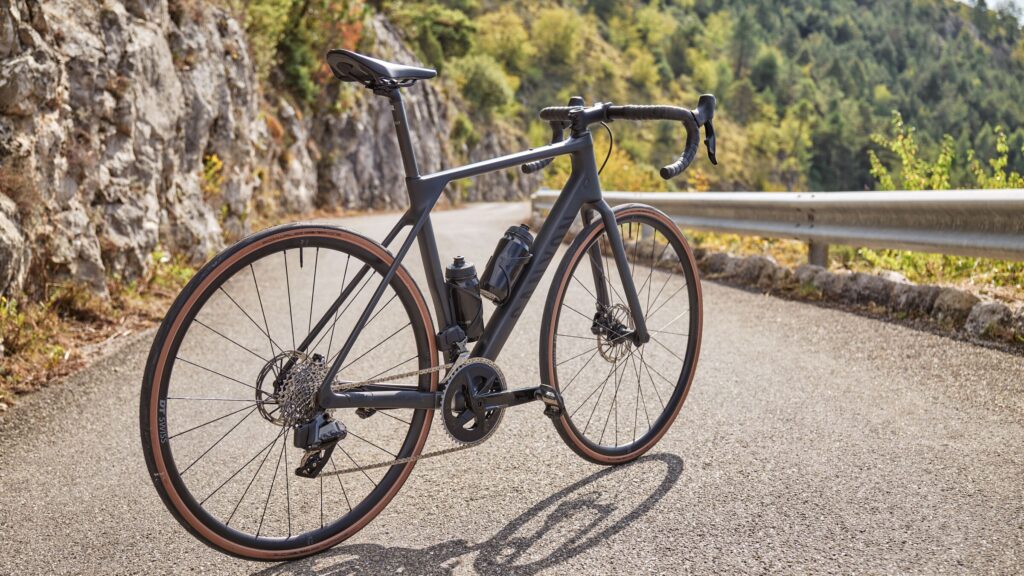
Key Point Summary of Selecting Tires for Road Biking:
- Tire Width: Wider tires can offer better comfort and grip, while narrower tires are traditionally chosen for speed.
- Rolling Resistance: Lower rolling resistance means faster speeds but can affect grip and comfort.
- Puncture Protection: Essential for minimizing downtime and maintaining performance, especially on rough roads.
- Tread Pattern: While minimal on road tires, the right pattern can offer slight advantages in wet conditions.
As a seasoned cyclist with years of experience in racing and riding across a spectrum of disciplines—mountain biking, gravel grinding, cyclocross, and of course, road biking—I’ve come to appreciate the critical role that tires play in performance, safety, and enjoyment. Selecting the right tires for road biking is more than just a matter of preference; it’s about matching your equipment to your riding style, goals, and the conditions you’ll face. Let’s dive into the essentials of choosing road bike tires, drawing on insights gained from countless hours and miles in the saddle.
Understanding Tire Width
The width of your tires can significantly impact your ride. Traditional wisdom held that narrower tires were faster due to their reduced contact with the road. However, recent research and real-world experience have shown that wider tires, in the range of 25mm to 28mm or even wider, can offer a superior balance of speed, comfort, and grip, thanks to lower rolling resistance at the same tire pressure and improved performance on varied road surfaces.
The Lowdown on Rolling Resistance
Rolling resistance is the energy lost when a tire deforms in contact with the road. A tire with lower rolling resistance requires less energy to maintain speed, translating to faster rides. However, it’s important to balance low rolling resistance with your need for grip and comfort, especially if you ride on mixed surfaces or in wet conditions.
Puncture Protection: Your Shield Against Flats
There’s little that can ruin a ride faster than a flat tire. When choosing road bike tires, consider the level of puncture protection they offer. Heavier, more robust tires might add a bit of weight, but they can save you from frequent stops to fix flats, especially if you regularly ride in areas with thorns, glass, or sharp rocks.
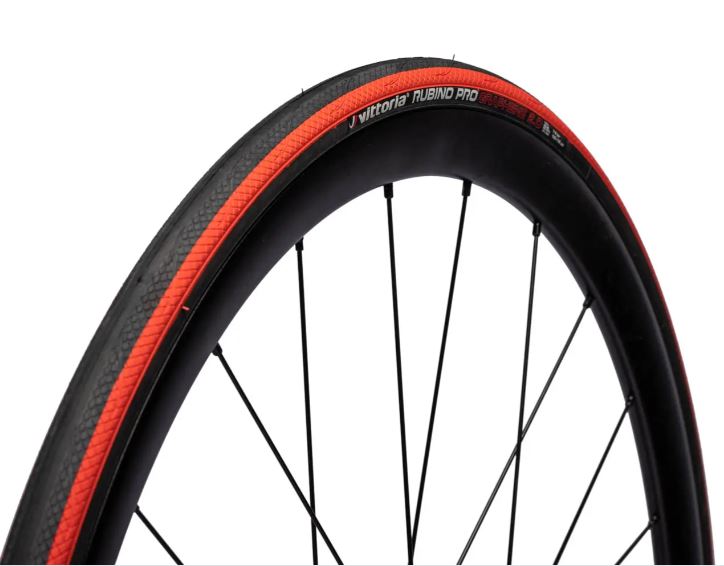
Tread Pattern: To Grip or Not to Grip
While road bike tires are typically smooth, some feature subtle tread patterns designed to improve grip in wet conditions. While the benefits of tread on a road tire are subject to debate, if you frequently ride in the rain, a tire with a minimal tread pattern could offer an extra measure of safety and control.
Tire Pressure: The Final Adjustment
Tire pressure can drastically affect your bike’s handling, efficiency, and comfort. Higher pressures may reduce rolling resistance but at the cost of a harsher ride and reduced grip. Conversely, lower pressures offer more comfort and better handling, especially on rough or uneven surfaces, but can increase the risk of pinch flats if too low. Finding the right balance based on your weight, riding style, and tire choice is key.
Tubeless Tires: A Worthwhile Consideration
Tubeless tire systems have gained popularity in road biking for their ability to run at lower pressures without the risk of pinch flats, improve ride quality, and reduce the risk of sudden flats thanks to sealant. While transitioning to tubeless requires compatible rims and a bit of setup effort, the benefits can be worth it for many riders.
Personal Fit: Beyond the Basics
Selecting the right tire goes beyond just specifications and technologies. It’s about finding what fits your personal riding style, comfort preferences, and performance goals. Whether you prioritize speed for racing, durability for training rides, or comfort for long days in the saddle, there’s a tire out there that’s the right fit for you.
Wrapping It Up
Choosing the right tires for your road bike is a nuanced decision that balances factors like rolling resistance, puncture protection, and tire width against your specific needs and riding conditions. Don’t be afraid to experiment with different tire setups to find what works best for you. The right tires not only enhance your performance and comfort but also connect you to the road in a way that makes every ride more enjoyable. As you continue on your cycling journey, let your experiences guide your choices and keep rolling smoothly on the path ahead.
Many road bike manufacturers partner with tire brands to equip their bikes with high-quality rubber right out of the box, ensuring that buyers have a great experience from their very first ride. A standout example of this collaboration is the Specialized S-Works Tarmac SL7, often equipped with Specialized’s own Turbo Cotton tires.
The Specialized S-Works Tarmac SL7 is a pinnacle of road bike engineering, designed for both speed and comfort across long distances and competitive races. Specialized, being both a bike and tire manufacturer, utilizes this dual expertise to equip the Tarmac SL7 with tires that perfectly complement its performance capabilities.

Specialized Turbo Cotton Tires are renowned for their blend of low rolling resistance, excellent grip, and puncture protection, making them an ideal match for the high-performance demands of the Tarmac SL7. These tires feature a cotton casing that provides a supple ride quality, with a Gripton compound that ensures superior traction and durability.

This pairing of the Tarmac SL7 with Turbo Cotton tires exemplifies how matching a high-quality road bike with top-tier tires can elevate the riding experience, providing riders with the confidence to push their limits on both climbs and descents. Whether you’re competing in races or simply enjoying fast-paced weekend rides, the synergy between bike and tire plays a crucial role in performance and enjoyment.
FAQ
What size tyres are best for a road bike?
For most road bikes, tires between 25mm to 28mm wide are considered optimal for balancing speed, comfort, and grip.
What should my road bike tires be at?
Tire pressure should generally be between 80 to 100 psi for most road conditions and riders, but adjust based on weight, riding style, and tire width.
How do I choose bike tyres?
Consider your riding conditions (wet or dry), terrain (smooth or rough roads), and priorities (speed, comfort, puncture resistance). Choose tires that align with these factors.
What does 700x35C mean on a bike tire?
700 refers to the nominal diameter of the tire in millimeters, 35 indicates the width of the tire in millimeters, and “C” is a historical classification indicating the tire’s inner diameter. This size is common for hybrid and some gravel bikes, offering a balance of speed and comfort on varied surfaces.
Happy cycling!
John
